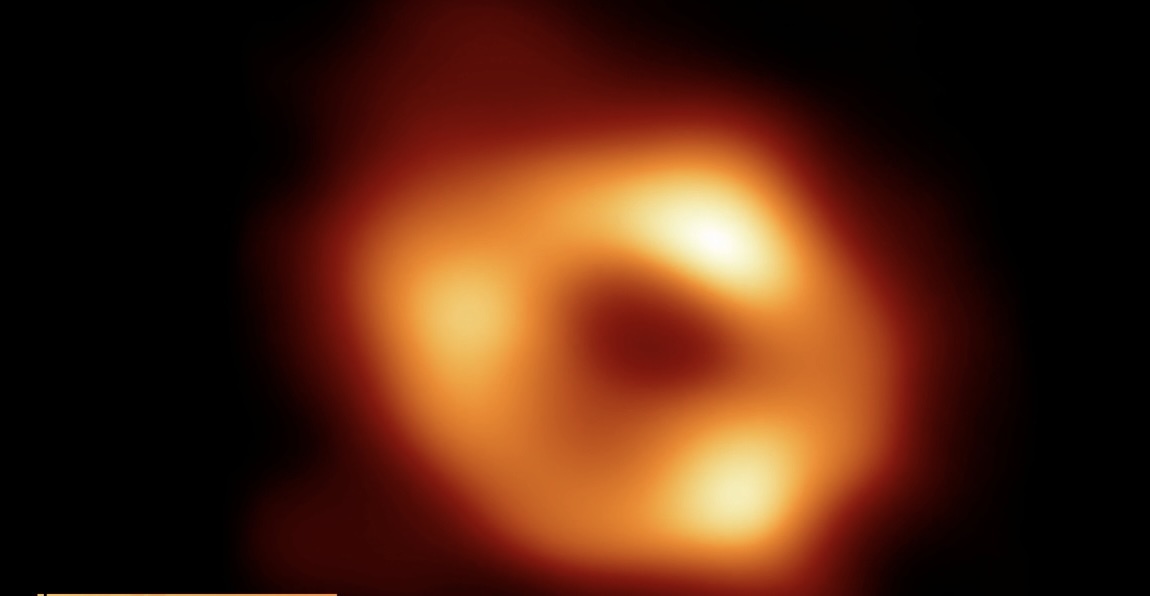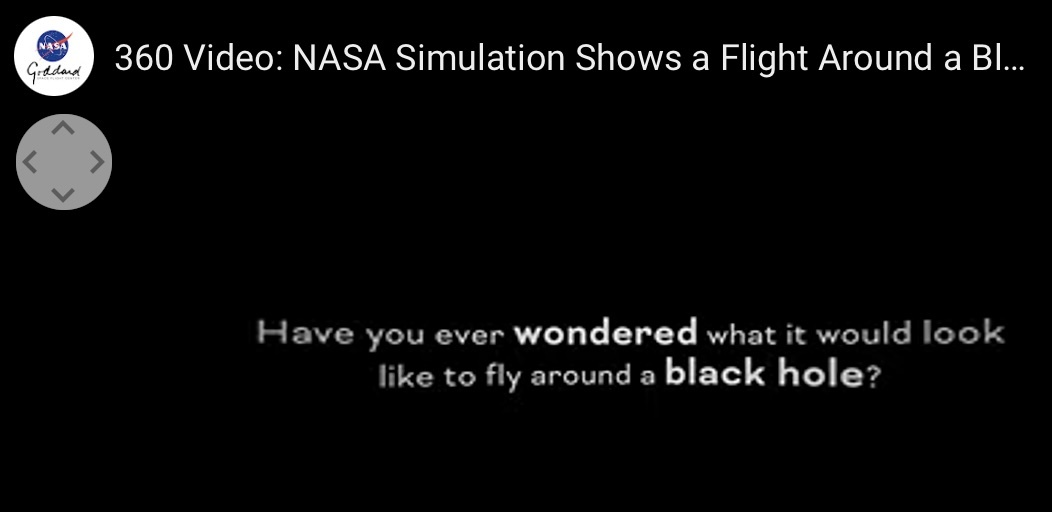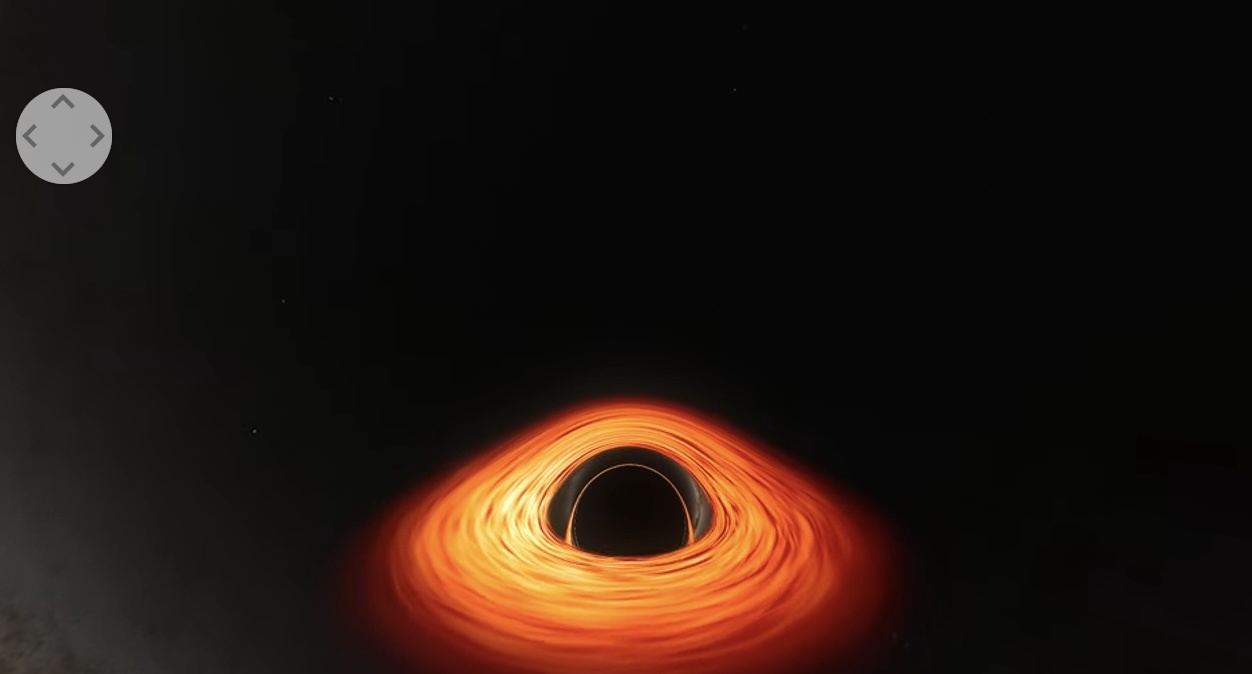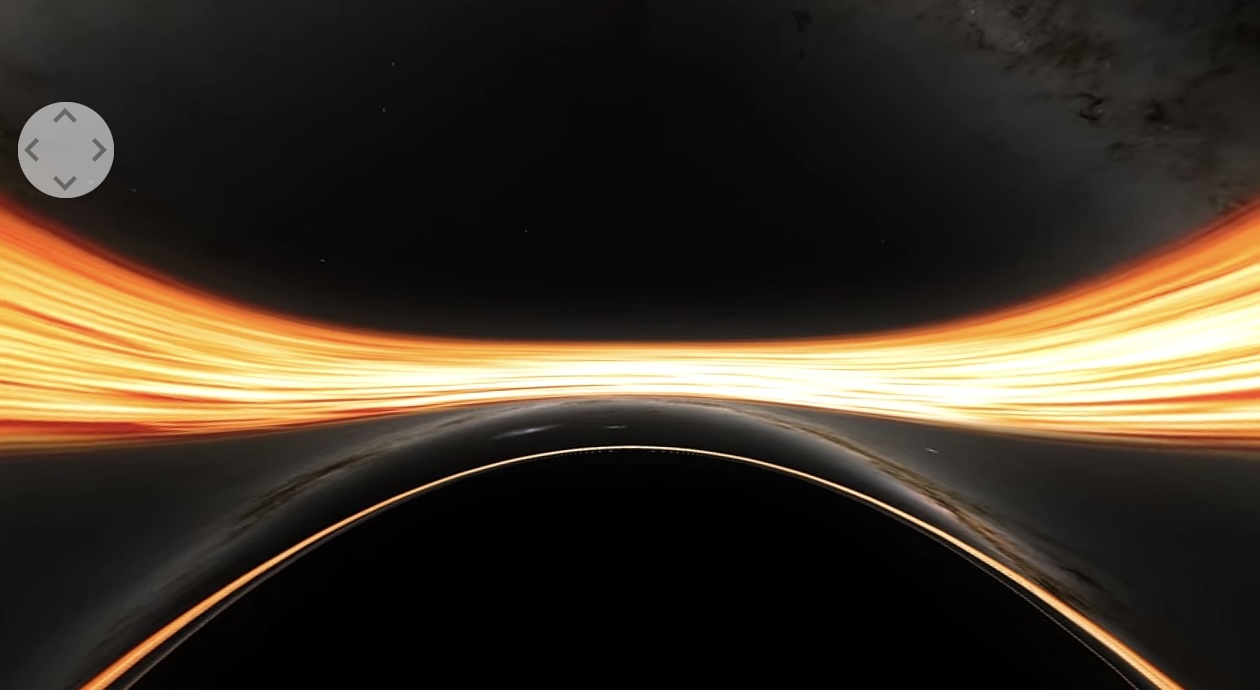9.05.2024

A new "immersive visualization" will allow users to experience the plunging into a black hole and falling beyond the "point of no return" within the phenomenon, the NASA said in a news release.
The visualization, produced on a NASA supercomputer, allows users to experience flight towards a supermassive black hole. The simulation then orbits the black hole and crosses the event horizon, also called the "point of no return." The visualization pairs the immersive graphics with details about the physics of such an event.
The visualizations, available on YouTube, can be viewed as explainer videos or as 360-degree videos that allow the viewer to put themselves at the center of it all.
"People often ask about this, and simulating these difficult-to-imagine processes helps me connect the mathematics of relativity to actual consequences in the real universe," said Jeremy Schnittman, the NASA astrophysicist who created the visualizations, in the news release. "So I simulated two different scenarios, one where a camera — a stand-in for a daring astronaut — just misses the event horizon and slingshots back out, and one where it crosses the boundary, sealing its fate."




The black hole used in the visualizations is 4.3 million times the mass of the solar system's sun. That's equivalent to the black hole inside our own galaxy, NASA said. The simulated black hole's event horizon is about 16 million miles wide, and viewers will see a large flat cloud of hot gas and glowing structures called photon rings. The simulated camera moves at close to the speed of light, amplifying the glow from those structures and making them appear even brighter and whiter even as they become distorted to the viewer.
Schnittman told NASA that it was important to have the simulation focus on a supermassive black hole, since that would have the most impact.
"If you have the choice, you want to fall into a supermassive black hole," said Schnittman. "Stellar-mass black holes, which contain up to about 30 solar masses, possess much smaller event horizons and stronger tidal forces, which can rip apart approaching objects before they get to the horizon."
Quelle: CBS News
